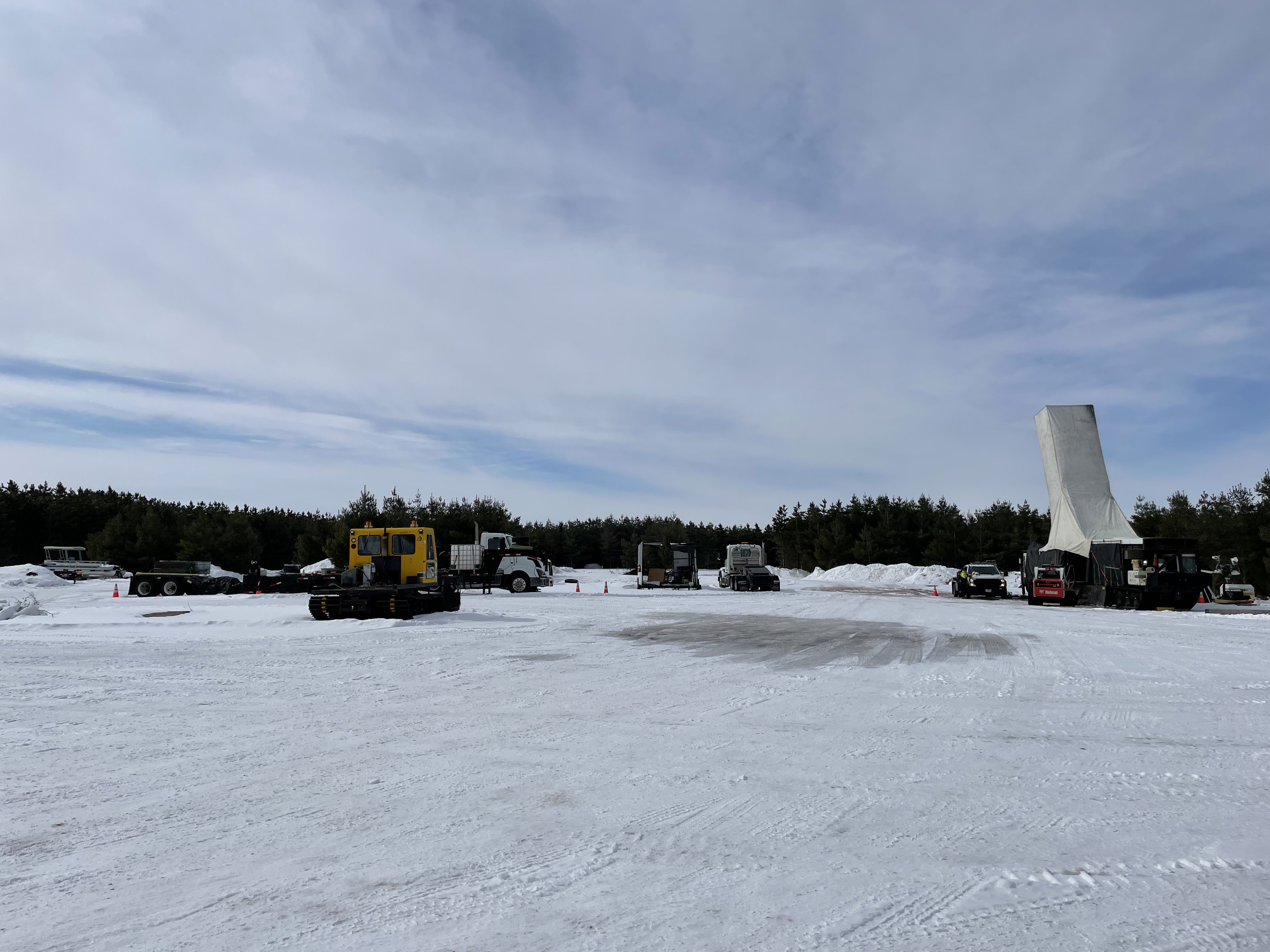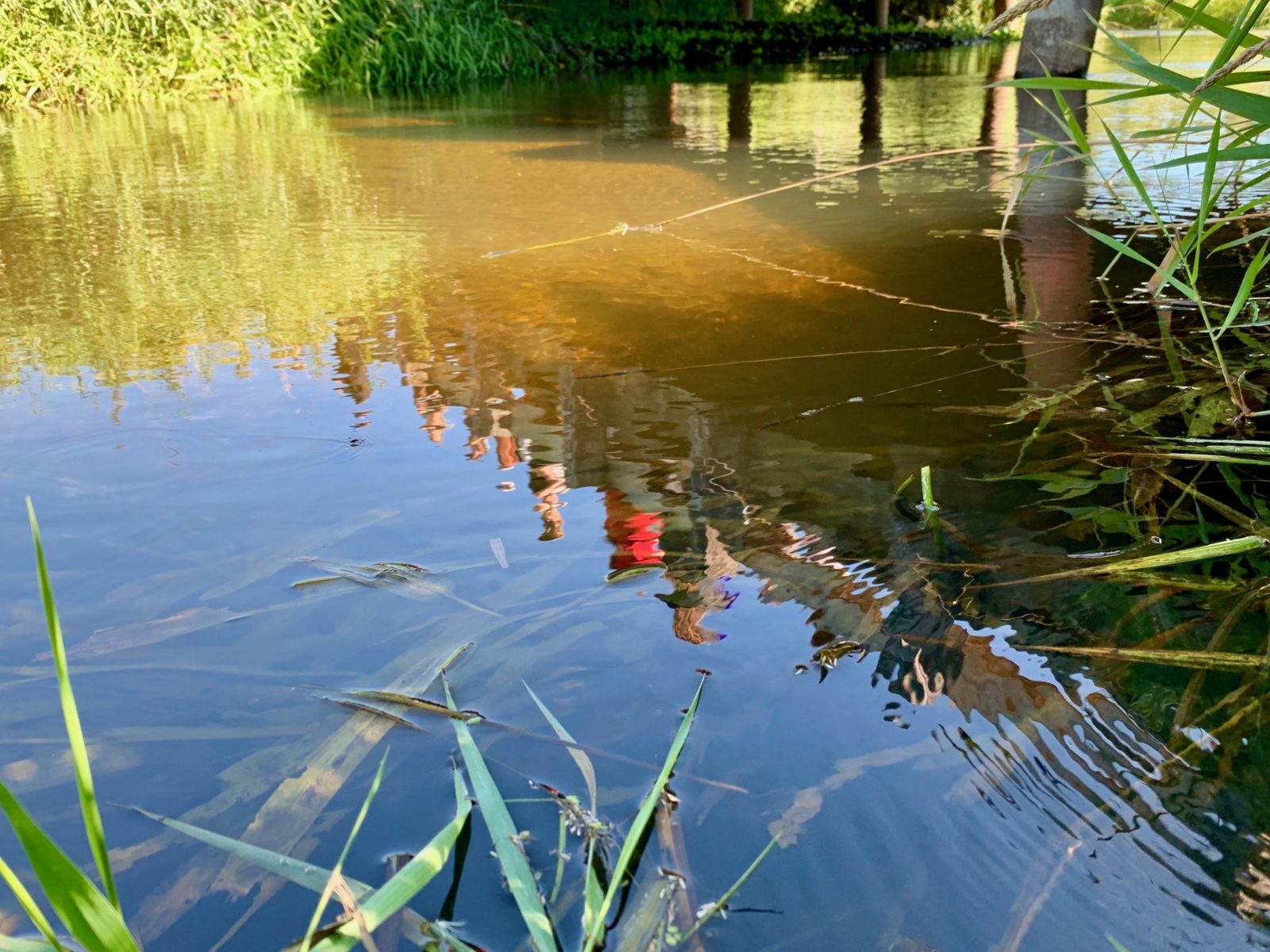
In August of 2022, the New York Times introduced its readership to a controversial infrastructural development: the proposal, by junior mining company Talon Metals (in partnership with global mining giant Rio Tinto), to build an underground nickel mine in Tamarack, Minnesota. The project, which would be the second such mine in the U.S., is understood by some as essential to fueling the overdue transition to electric vehicle (EV) drivership – nickel is currently used in EV batteries and Talon has a contract in place with Tesla. In October of 2022, Talon Metals received a $114 million dollar grant from the Biden administration, for the purpose of strengthening the domestic supply chain of this sought-after commodity. But while many Americans encountered the mine proposal through these recent moments of national recognition, residents of Tamarack – which includes treaty territory where Anishinaabe people retain legal rights to hunt, fish, and harvest – have anxiously anticipated these developments for years now. Meanwhile, mine-adjacent communities around the world have long sounded alarms over sulfide mining’s environmental risks and harms. The proposed mine, then, today in its review and permitting stages, brings along with it a set of questions that span multi-species and human communities; regulatory frameworks and jurisdictions; and local, national, and global scales.
These complex interconnections are precisely what my class, Infrastructuring Inequality, set out to investigate in a research project over the course of spring semester, 2023. As residents of the Twin Cities, just 140 miles south of the proposed mining site on the Mississippi, we all felt the urgency of articulating the project’s potential social, economic, and environmental impacts. And, as members of the International Studies Department at Macalester, we approached the task with a set of theoretical frameworks – including settler colonialism, infrastructural politics, and corporate globalization – which we would probe and hone in our work. So, conducting research that ranged from mining site visits, to State Department data analysis, to interviews with Northern Minnesota residents, students asked questions like: given Tamarack’s proximity to the headwaters of the Mississippi River, how might nickel mining impact local wetlands as well as other environments downstream? How does mining in this region intersect with struggles for Native food sovereignty in a context of historical and ongoing colonization? And what might we learn from Rio Tinto’s international track record that could inform our understanding of the proposal in Minnesota?
The result of their work is presented here on a site we call “Anticipating Impacts of Nickel Mining in Northern Minnesota.” We hope that others will also find it a useful starting point for thinking through the complexities of infrastructural development at the nexus of green energy and extractive industry.
